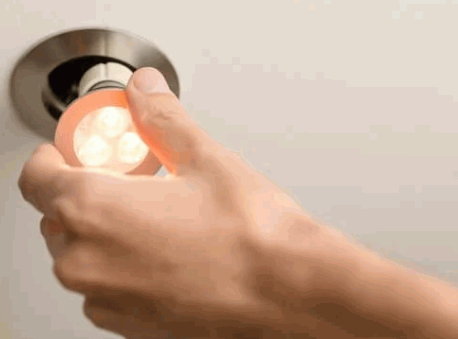LED lighting has transformed the way we illuminate our spaces, offering more than just bright, efficient light, but a shift in artificial lighting that addresses electricity demand.
This guide explores what LED lighting is and how it works, highlighting its numerous benefits like energy efficiency, durability, environmental friendliness, and its role in the circular lighting economy.
It also addresses some drawbacks, examines its role in sustainable design, including sustainable lighting practices, and considers its future potential.
Whether you're looking to upgrade your home or are simply curious about the technology, this guide will cover all aspects of LED lighting.
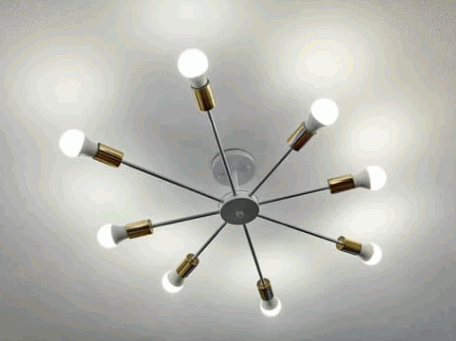
Contents
LED lighting, or light-emitting diode lighting, represents a significant advancement in artificial lighting technology, enabling a drastic reduction in electricity demand while providing eco-friendly lighting solutions. Unlike traditional incandescent lights, Compact Fluorescent Lamps, and Compact Fluorescent Lights, LED lights offer remarkable energy efficiency and luminous efficacy, converting a high percentage of electrical energy into visible light.
This makes them an attractive option for consumers and businesses alike, as they not only contribute to lowering energy costs but also align with sustainable lighting goals and environmental initiatives promoted by entities such as the United Nations Sustainable Development Goals.
LED lighting operates through a process called electroluminescence, where electricity flows through a semiconductor material, emitting light in a highly efficient manner, thus minimising thermal energy loss and reducing light pollution such as glare and skyglow.
The semiconductor at the heart of LED technology plays a crucial role by allowing electrons to move across energy levels, generating photons when they recombine with holes. This efficient mechanism provides significant luminous efficacy, meaning that more light is produced per watt consumed, which leads to a reduction in electricity demand.
By employing materials such as gallium arsenide and phosphor coatings, LEDs can emit a spectrum of colours and achieve higher performance levels.
Ultimately, the adoption of LEDs supports a shift towards sustainable energy practices, making them an increasingly popular choice not just in homes, but across many industries.
LED lighting offers numerous benefits that make it a superior choice for both domestic and commercial settings, including exceptional energy efficiency, an extended lifespan, and remarkable durability, all while significantly reducing greenhouse gas emissions associated with traditional lighting options.
Explore: How To Install LED Retrofit Kit
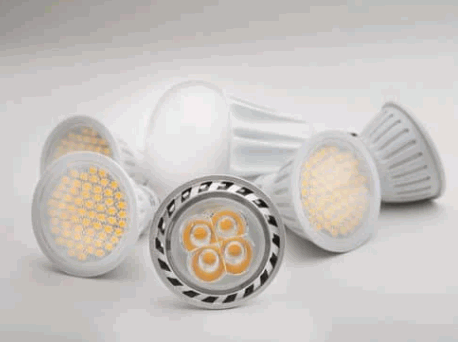
One of the most significant advantages of LED lights is their energy efficiency, which can lead to substantial energy savings compared to traditional incandescent lights, allowing households and businesses alike to reap the rewards of lower electricity bills and a reduced carbon footprint.
LED lights consume up to 80% less energy than incandescent bulbs, making them a smarter choice for environmentally-conscious consumers. In contrast, compact fluorescent lights (CFLs) are approximately 75% more efficient than incandescent lamps, yet they still fall short when compared to the remarkable efficiency of LED technology.
While the initial investment in LED lighting may be slightly higher, the long-term savings through lower energy bills and minimal maintenance costs can significantly outweigh these upfront costs. By choosing energy-efficient lighting solutions, individuals not only enjoy immediate cost savings but also contribute positively to environmental sustainability.
LED lights boast an impressive lifespan that often exceeds 25,000 hours, making them a cost-effective and low-maintenance solution for consumers seeking longevity in their lighting options.
When compared to traditional incandescent bulbs, which typically last around 1,000 hours, or even compact fluorescent lamps (CFLs) with a lifespan of about 10,000 hours, the advantage of LED technology becomes abundantly clear.
The efficiency of LED lights is one of the key factors contributing to their durability; they convert a higher percentage of energy into usable light rather than heat. This lower thermal energy output not only minimises the risk of premature failure but also results in greater energy savings overall.
Consider the following benefits:
Ultimately, the combination of longevity and efficiency makes LED lights a superior choice for both residential and commercial applications.
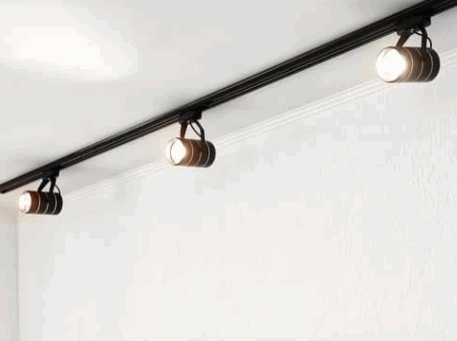
LED lights are known for their durability, as they are typically made from solid-state materials that are resistant to shock and extreme temperatures, unlike traditional incandescent lights.
The unique materials used in their construction enhance not only their longevity but also their operational efficiency. Unlike the fragile glass often found in older lighting technologies, LED lights boast robust casings that minimise the risk of breakage.
This resilience allows them to perform optimally in various environments, whether exposed to the elements or rough handling. This durability plays a significant role in reducing light pollution, as more resilient options can be deployed in outdoor settings without the same risk of failure.
With effective illumination and lower maintenance needs, transitioning to LED lights can result in fewer replacements, contributing positively to environmental sustainability by reducing waste.
The versatility of LED lights allows them to be used in a wide range of settings, from residential homes to commercial premises, adapting to various lighting needs and styles.
This flexibility makes LED lighting a popular choice among homeowners who seek energy efficiency without sacrificing aesthetic appeal.
For instance, in residential areas, LED bulbs are increasingly utilised in decorative fixtures, recessed lighting, and even outdoor decorative lights. Meanwhile, in commercial spaces, LEDs play a crucial role in illuminating work environments, enhancing productivity, and creating a welcoming atmosphere for customers.
For outdoor applications, LED lights effectively illuminate streets, parks, and recreational areas, enhancing safety and visibility while supporting sustainable lighting initiatives, and addressing issues like light trespass and promoting standards by the International Dark-Sky Association. Their adaptability across diverse environments promotes a more sustainable approach to lighting solutions.
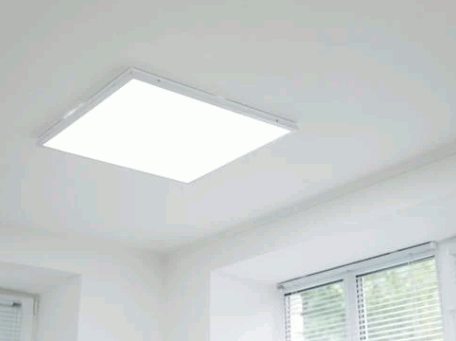
LED lights are considered eco-friendly lighting options, as they contain no toxic elements like mercury found in some other types of lighting and significantly lower energy consumption. This supports the United Nations Global Goals for responsible consumption and production.
These modern lighting solutions offer an array of environmental benefits that extend beyond just individual usage. For starters, their remarkable efficiency means that they consume less electricity compared to traditional bulbs, which leads to a substantial reduction in overall energy demand. This, in turn, results in lower greenhouse gas emissions from power stations, aiding efforts to combat climate change.
By choosing LED lighting, individuals can take meaningful steps toward a more sustainable future.
Despite the numerous advantages, LED lighting does come with some drawbacks, such as a higher initial cost compared to traditional options, limited colour choices, the potential for glare, and issues like light trespass and skyglow.
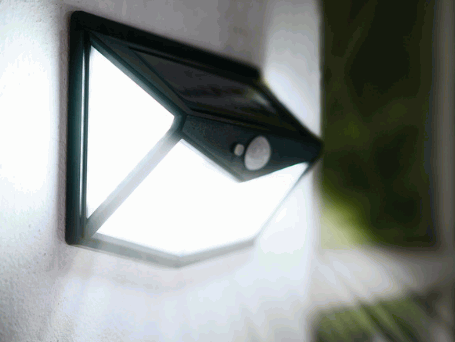
One of the primary drawbacks of LED lights is their higher upfront cost, which can be a barrier for some consumers despite the significant energy savings they offer over time. This initial investment is often offset by the long-term financial benefits that these efficient lighting options provide, and initiatives by innovators can help manage these costs.
When evaluating different lighting choices, such as incandescent, Compact Fluorescent Lights, or fluorescent bulbs, the initial expense of LEDs often stands out. The comparison becomes more favorable when considering their lifespan and energy consumption. Here are some key points to consider:
All things considered, while the initial cost might seem daunting, the potential savings and return on investment make LED lights a wise choice for those looking to enhance their lighting solutions.
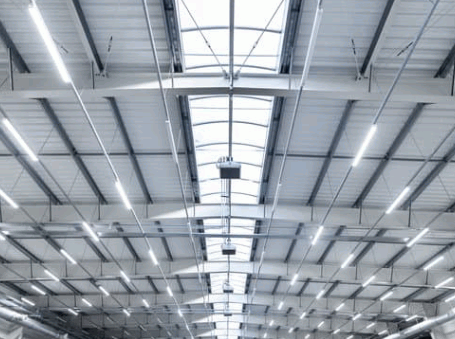
While LED lights are available in various hues, they still offer fewer colour options compared to traditional incandescent lights, which can be a limitation for some users, especially those who appreciate a broader spectrum of lighting when creating ambience in different spaces. However, the increasing versatility of LED technology is gradually addressing this shortcoming.
Thanks to recent advancements, manufacturers are now producing LED lights with expanded colour capabilities that cater to diverse aesthetic needs. Many modern LED options feature:
These innovations are making it easier for users to customise their lighting to achieve the desired atmosphere, effectively narrowing the gap between LED and incandescent lights in terms of colour variability.
Another concern with LED lighting is that it can cause glare, particularly in outdoor settings, contributing to light pollution and discomfort in some environments.
This phenomenon occurs when bright LED lights overwhelm the eyes, creating harsh contrasts that hinder visibility and lead to discomfort. Such glare can be particularly problematic for drivers, pedestrians, and cyclists, as it obscures critical details in the surrounding environment, ultimately compromising safety. The International Dark-Sky Association highlights such issues in their advocacy for reducing light pollution.
Prolonged exposure to this kind of bright lighting can cause eye strain and fatigue, detracting from the overall experience in public spaces.
To combat these issues, incorporating effective design techniques is crucial. Solutions may include:
By adopting such measures, communities can enhance visual comfort while minimising the adverse effects of LED-induced glare.
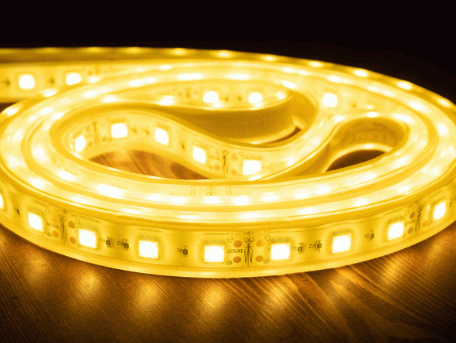
The role of LED lighting in achieving the United Nations Global Goals for sustainable development cannot be overstated.
LED lighting plays a crucial role in sustainability by reducing energy consumption, minimising carbon footprints, and decreasing waste generated by traditional lighting options.
One of the most significant ways LED lighting contributes to sustainability is by reducing energy consumption compared to traditional lighting sources, effectively lowering electricity demand.
This reduction in energy use is impressive; studies show that LEDs consume up to 80% less energy than incandescent bulbs and about 50% less than compact fluorescent lamps (CFLs). This means that if an average household switched all its bulbs to LED, the savings could amount to hundreds of pounds per year on electricity bills. Furthermore, LED adoption has been pivotal in reducing CO2 emissions globally.
This shift can lead to a notable decrease in greenhouse gas emissions, aligning with broader sustainability goals that aim to combat climate change. Here are some key points:
Ultimately, by adopting this innovative technology, individuals and organisations play a crucial role in fostering a more sustainable future, ensuring that both economic and environmental benefits are reaped.
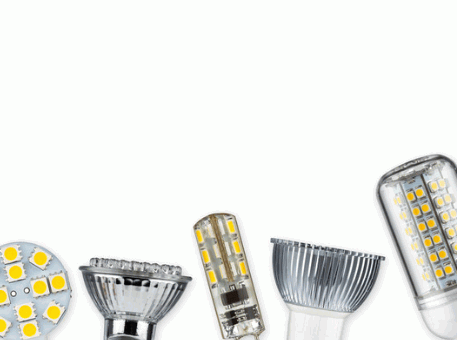
By lowering energy consumption, LED lighting also contributes to reducing the carbon footprint associated with electricity generation, thus enhancing environmental sustainability.
This reduction is significant, as a lower carbon footprint directly translates to diminished greenhouse gas emissions, which are major contributors to global warming. In the broader context of climate change, this shift not only supports environmental health but also impacts policy decisions on energy use. As governments strive to meet international climate agreements, the adoption of energy-efficient technologies becomes pivotal.
Combined, these factors foster a healthier planet and encourage more sustainable practices across various industries, ultimately informing future regulations aimed at mitigating environmental damage. Historically, the transition from traditional lighting in the 20th century to advanced LED systems in the 21st century has marked significant progress in this area.
The long lifespan of LED lights helps to reduce waste generated by burnt-out bulbs, making them a more sustainable choice for consumers concerned about environmental impact.
In fact, these energy-efficient lighting solutions can last up to 25,000 hours or more, significantly outlasting traditional incandescent and fluorescent bulbs. As a result, households and businesses find themselves replacing lights less frequently, which directly corresponds to reduced waste sent to landfills.
This extended lifespan not only conserves resources but also leads to cost savings over time. Furthermore, many manufacturers are increasingly focused on sustainability by providing:
in order to minimise the environmental footprint of these items at the end of their life cycle. By opting for LED lighting, consumers play a pivotal role in this movement towards a more eco-friendly future.
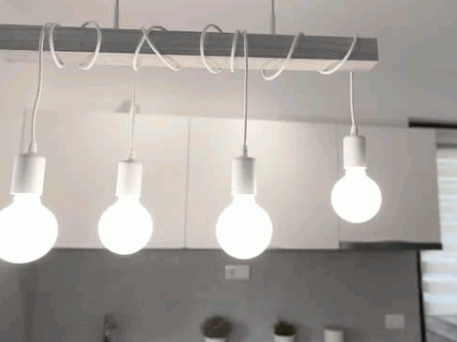
In sustainable design, LED lighting can be effectively utilised in energy-efficient lighting design, incorporating natural light to enhance indoor environments while reducing reliance on artificial lighting.
Energy-efficient lighting design using LED lights is essential in both residential and commercial premises, helping to lower energy consumption and costs.
Incorporating these elements into a well-considered layout can drastically enhance the ambience while ensuring sustainability. A significant aspect is fixture selection, where choosing the right types for specific spaces plays a crucial role. For instance, recessed lights work wonderfully in living areas, while task-oriented fixtures excel in workspaces.
Moreover, integrating advanced technologies such as smart lighting systems allows users to tailor their environment to their current activities, contributing to energy savings.
These strategies not only minimise the carbon footprint but also enhance user experience, demonstrating that intelligent design can harmonise beauty and efficiency.
Incorporating natural light into spaces designed with LED lights can significantly enhance well-being and reduce the need for artificial lighting during daylight hours, leading to an atmosphere that promotes productivity and relaxation alike.
To achieve this harmonious blend of natural and artificial light, consider the following strategies:
The combination of these approaches not only leads to user comfort but also contributes to significant energy savings, making it a sustainable choice for modern environments.
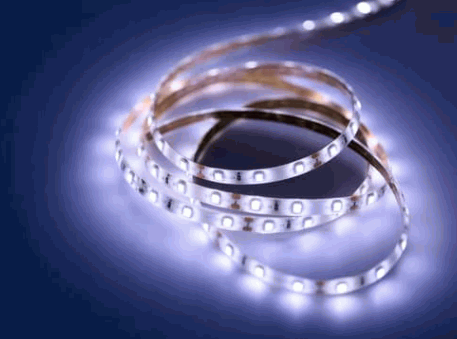
LEDs can be seamlessly integrated into renewable energy systems, such as solar-powered lighting, contributing to enhanced sustainability and energy savings.
This integration not only improves energy efficiency but also reduces dependence on traditional power sources, aligning with the United Nations Global Goals and paving the way for a cleaner, greener future.
By utilising solar panels, for instance, communities can power streetlights and outdoor fixtures, significantly cutting down on electricity costs while harnessing the sun's abundant energy.
In urban areas, combining LED technology with wind turbines and Compact Fluorescent Lights further demonstrates a commitment to sustainability, as these lights can automatically adjust their brightness based on surrounding ambient light.
The collective impact of these initiatives not only promotes eco-friendliness but also enhances the quality of life for residents, reducing CO2 emissions considerably.
The future of LED lighting looks promising, driven by continued technological advancements, increased adoption in various industries, and the potential for smart lighting systems that enhance user experience and energy efficiency.
Continued technological advancements in LED lights are pushing the boundaries of energy efficiency, with innovations that improve luminous efficacy and reduce overall energy consumption.
Recent developments have introduced:
These advancements not only translate to prolonged lifespans for LED products but also facilitate their integration into various settings, from residential areas to commercial spaces. Brands such as LED iBond and Everly are leading the way in this innovation.
The push towards utilising these cutting-edge technologies plays a critical role in supporting sustainable practices. As users become increasingly aware of the benefits, embracing these solutions can lead to significant cost savings, making LED technology a preferred choice for the eco-conscious consumer.
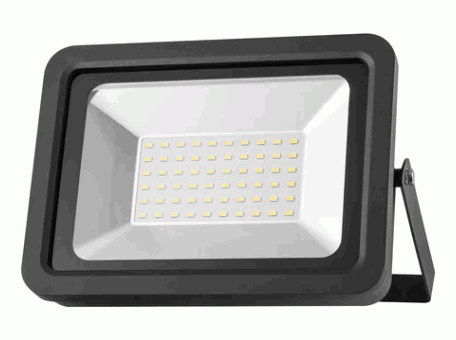
There has been an increase in the adoption of LED lights across a variety of industries, from commercial premises to residential applications, driven by their benefits and advancements in technology.
This surge is particularly evident in sectors such as retail, hospitality, and urban design, where the demand for both aesthetic appeal and energy efficiency is paramount. Designers are increasingly incorporating these technologies into their projects.
In retail, businesses are harnessing LED technology not just for illumination, but to create an immersive shopping experience, capturing customer attention while concurrently reducing energy costs. Meanwhile, the hospitality sector finds itself gravitating towards LED installations to enhance ambience and reduce operational expenses.
Urban design is embracing this trend as well, integrating LED lighting into public spaces to improve safety and promote sustainable development. The International Dark-Sky Association supports these efforts to reduce light pollution.
The potential for smart lighting systems utilising LED lights is vast, offering opportunities for enhanced energy efficiency, automation, and user customisation.
One of the most exciting aspects of these systems is their ability to adapt to individual needs and preferences, seamlessly integrating into daily routines.
With features like automation, users can schedule lights to turn on or off at specific times, creating a personalised ambience that can elevate any space. Moreover,
Examples like the Philips Hue smart bulbs, Lutron’s Caseta system, and Arcadia showcase how these technologies are being implemented effectively, providing both convenience and sustainability. As these innovations continue to evolve, the possibilities for enhancing everyday experiences with smart lighting become even more exciting.
